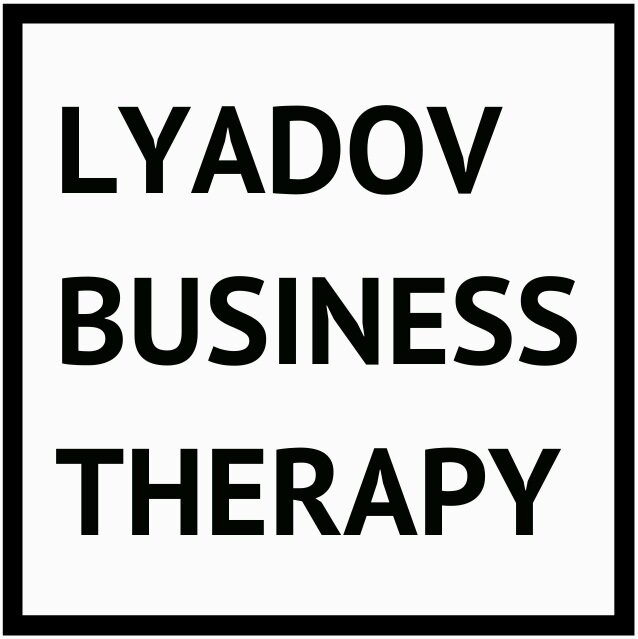People often argue about whether to trust your intuition or not.
To skeptics, intuition seems vague and unreliable.
I think of it in terms of pixels per inch.
It's a metaphor for a digital image, like a file or a photo.
Imagine the file is huge or the processor is slow. What do you see?
A low-resolution image. Contours are hard to see. No details. Sometimes that's enough.
Picture this: you're at an intersection and you notice a fast-approaching object in your peripheral vision. What is it? A car or a truck? A junker or a pumped-up racer? Who's driving? What's the license plate?
None of that matters. Your goal is to jump out of the way to survive.
On the road, ignoring a vague blur is deadly.
Intuition comes from the Latin verb "intueor," meaning "to look closely." Why? The phenomenon has potential value.
We grasp what's happening through instant, unconscious insight, not a logical sequence.
Cognitive psychologist Daniel Dennett noted, "Intuition is simply knowing something without knowing how you got there."
There's no conflict between low-resolution and high-resolution images. Each has its own use and application.
Moreover, we can increase the number of “dots per inch.”
How? By combining two types of knowledge - intuitive and logical.
When they enrich each other, you learn in turbo mode.
Sincerely yours,
-Alexander
About me:
As a business therapist, I help tech founders quickly solve dilemmas at the intersection of business and personality, and boost company value as a result.
How can I help you?
If you've long been trying to understand what is limiting you and/or your business and how to finally give important changes a push, then The Catalyst Session is designed specifically for you. Book it here.


